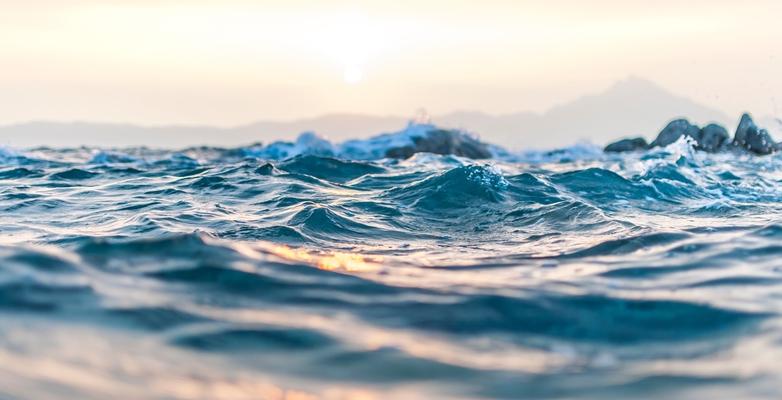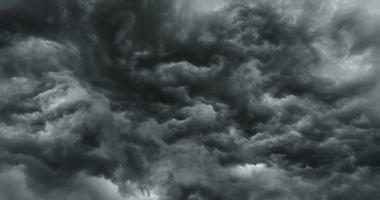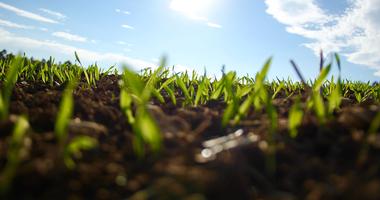
Ocean Currents and Climate Change
The world’s oceans do many things for us.
They feed us. They provide us with entertainment and recreation. And they also influence climate and weather patterns.
Ever wonder why the UK rarely gets snow and nearly always just gets rain, even though it is located at roughly the same latitude as Alaska? The answer is partly attributed to a system of ocean currents that redistributes heat from the equators to the North Atlantic, known as the Atlantic meridional overturning circulation (AMOC).
“Currents are movements of ocean water in a continuous flow, created largely by surface winds but also partly by temperature and salinity gradients, Earth’s rotation, and tides,” according to NOAA.
These sea currents act in much the way a conveyor belt does, transporting warmer tropical waters to cooler climes, like the UK and Europe in the North Atlantic.
But because of the climate crisis, these currents may be weakening and slowing down, more than “at any other time during at least the last 1,000 years.”
The results could be dire.
The relatively temperate environs enjoyed by much of Europe are made possible by the North Atlantic Current and the Gulf Stream. Similarly, much of the eastern coastline of the United States is influenced by the Gulf Stream. And while we’re using the North Atlantic Current and the Gulf Stream as examples, they’re not the only currents being affected by the climate crisis. There are dozens of ocean currents, all playing important roles in climate and ecology, and economic importance for shipping and travel, all around the world.
A change, even a small one, in ocean circulation in these areas could have potentially large ramifications on the global climate, as well as marine ecosystems and sea level rise.
Here’s what could happen and why, according to NOAA:
"The global conveyor belt is a strong, but easily disrupted process. Research suggests that the conveyor belt may be affected by climate change. If global warming results in increased rainfall in the North Atlantic, and the melting of glaciers and sea ice, the influx of warm freshwater onto the sea surface could block the formation of sea ice, disrupting the sinking of cold, salty water. This sequence of events could slow or even stop the conveyor belt, which could result in potentially drastic temperature changes in Europe."
The reason this is happening is twofold: melting glaciers and land ice dumping warm, fresh water into the salty seas, and warming waters more generally because of carbon pollution and the climate crisis. Variations in temperature and salinity result in different water densities. Cold, salty water sinks. Warmer, less salty water rises.
>> Learn more: The Climate Crisis and Your Health: What You Need to Know <<
Did you know that the top few meters of the ocean store as much heat as the Earth’s entire atmosphere? But what does all that heat translate to?
Fierce storms and melting ice, mostly.
We know sea temperatures are on the rise – and along with them the occurrence of extreme storm systems that carry more rain and wind than ever. But what does this increase mean for the deeper sea currents that control all kinds of weather, all over the globe, all of the time?
It mostly means these currents may slow down, bringing less warmth to higher latitudes. And if the currents stop pumping warm air and water poleward, it could mean a drastic change in climate across the Northern Hemisphere.
Ironically, it could lead to regional cooling for some – not exactly what you think of when you think about impacts of the climate crisis, right?
What You Can Do
To keep our ocean currents flowing the way we’ve come to expect, we need to rein in global temperature rise, and to do that, we need to transition to a clean energy economy as swiftly as we can.
The status quo just won’t cut it here – there’s too much on the line.
We need to break our addiction to the fossil fuels driving global warming and climate change. And we need to do it now.
Ready to join the fight for a better tomorrow? Sign up now to receive the latest in climate news and ways you can act on climate.




